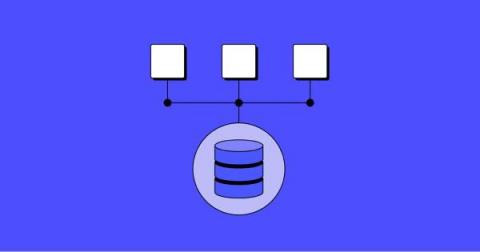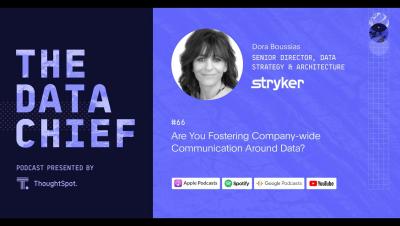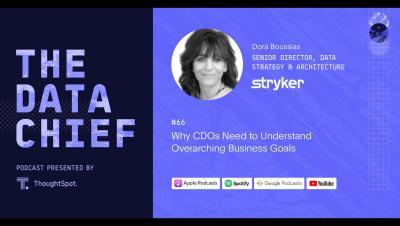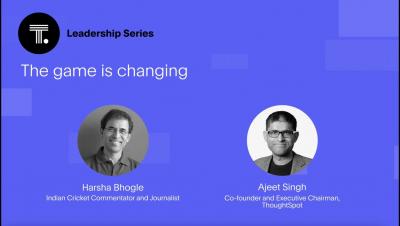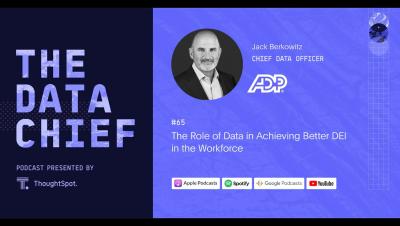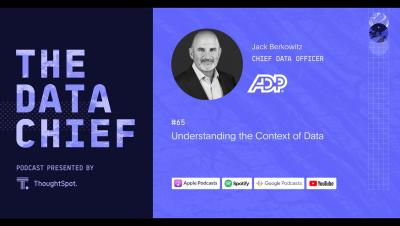Systems | Development | Analytics | API | Testing
March 2023
How to optimize your cloud data costs: 4 steps to reduce cloud data platform costs
If you have managed a cloud data platform, you have undoubtedly gotten that call. You know the one, it's usually from finance or the office of the CFO, inquiring about your monthly spend. And it usually comes in one of two forms: While both are clear and present dangers to cloud data platform owners, they don’t have to be.
5 engineering tools every analytics and data engineer needs to know
Are you considering venturing into the world of analytics engineering? Analytics engineers are the newest addition to data teams and sit somewhere between data engineers and data analysts. They are technical, business savvy, and love to learn. A huge part of an analytics engineer’s role is learning new modern data tools to implement within data stacks.
Data modeling best practices for data and analytics engineers
Recently, I published an article on whether self-service BI is attainable, and spoiler alert: it certainly is. Of course, anything of value usually does require a bit of planning, collaboration, and effort. After the article was published, I began having conversations with technical leaders, analysts, and analytics engineers, and the topic of data modeling for self-service analytics came up repeatedly.
Creating a Data Culture Across Your Organization
Why Data Leaders Need to End-to-End Business Understanding
ThoughtSpot Leadership Series With Harsha Bhogle (Ep. 2): The game is changing
ThoughtSpot co-founder and CTO, Amit Prakash, on the release of ThoughtSpot Sage
Is self-service BI attainable? Benefits and historical concerns of self-service BI
Whether you call it self-service analytics or self-service business intelligence (BI), there has been much discussion about the perils, myths, promises, and prospects of successfully building self-service capability. Going forward, I’ll use the phrase “self-service BI” but you are welcome to substitute the words “self-service analytics”. So, is self-service BI actually attainable or just snake oil?
Introducing ThoughtSpot Sage: AI-Powered Analytics with GPT
Today we’re excited to announce ThoughtSpot Sage, our new search experience that combines the power of GPT’s natural language processing and generative AI capabilities with the accuracy and security of our patented self-service analytics platform. With this new integration, data teams will be able to exponentially increase their impact across an organization as business users self-serve personalized, actionable, and trustworthy insights like never before.
What defines the modern data stack and why you should care
When I was working at Google back in the mid 2000’s, we dealt with tens of billions of ad impressions a day, trained several machine learning models on years worth of historic data, and used frequently-updated models in ranking ads. The whole system was an amazing feat of engineering and there was no system out there that was even close to handling this much data. It took us years and hundreds of engineers to make this happen, today, the same scale can be achieved in any enterprise.





